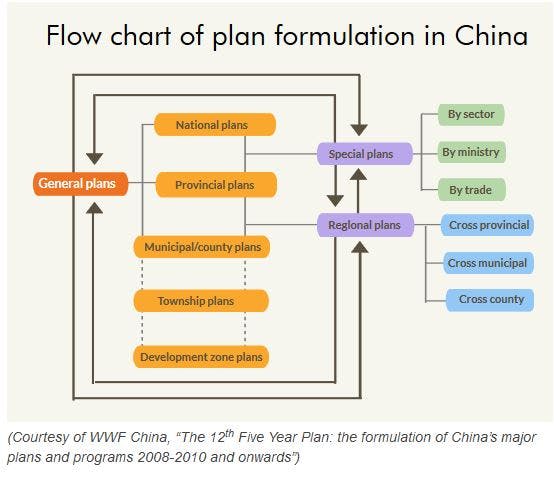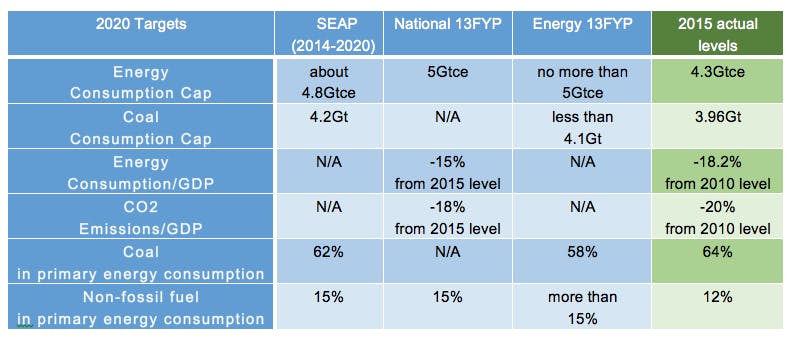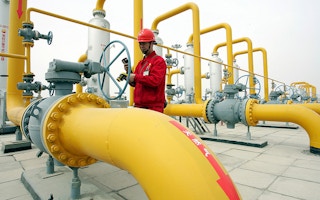China’s 13th Five-Year Plan for energy (Energy 13FYP) might be one of the most anticipated official documents in the world and is one that will have far-reaching impacts on the carbon trajectory of the world’s number one emitter.
Recently, information about the plan begins to surface in the Chinese media.
On July 11, the Economic Information Daily, a major financial newspaper, reported that publication of the central government policy intently watched by the climate and energy community is “imminent”. More specifically, the report spells out key targets that are being considered by the country’s energy policymakers.
This blog intends to summarise the information about those targets based on publicly-available information. Before that, a bit of background.
What’s up with all the FYPs?
The first question anyone new to China’s planning cycles may ask is: What’s the nature or status of this Energy 13FYP? Our readers may remember that in March, China unveiled its 13th Five-Year Plan for Economic and Social Development (2016-2020), which contains a set of climate and energy related targets, including an energy consumption cap and a 15 per cent goal for the share of non fossil-based energy in the country’s primary energy mix.
If we consider this the “Master Plan” for all aspects of China’s development in the next five year period, the Energy 13FYP is a specification of that Master Plan for the energy sector, with more detailed targets that will better guide policy making, government spending and project planning in the sector.
The chart below illustrates the hierarchy of Chinese plan making, which locates the Energy 13FYP as a “Special Plan” for a specific sector. Special planning follows the completion of national general plans, and its process is less predictable. It is noteworthy that for the 12th Five Year Plan cycle (2011-2015), the Energy plan took almost two years to make and was only released in 2013. Therefore, even if media declare the Energy 13FYP “imminent”, there is no guarantee when exactly it will be published.

What can we expect from the Energy 13FYP?
The chart below illustrates the numerous 2020 targets already declared by the Chinese government through its Strategic Energy Action Plan (2014-2020) and its national 13th Five Year Plan. They are set against actual levels at the end of 2015 as a benchmark. The comparison serves as a basis to gauge if the Energy 13FYP is sufficiently ambitious to meet China’s domestic and international commitments.
It should be noted that what is currently known about the targets in the Energy 13FYP is based on media reports and publicly available information. It is subject to change depending on ongoing internal consultation and negotiations among policy makers.


From this comparison, it is clear that most of the targets in the Energy 13FYP will not be entirely “new”. Many of them are well in line with existing thinking embodied in previously announced policy items, in particular the Strategic Energy Action Plan (2014-2020), which, at the time of its publication, was already considered ambitious in curbing coal consumption and CO2 emissions beyond international expectations.
Yet it is still noteworthy that policy makers seem to be even more determined to squeeze coal’s share in the country’s energy mix, lowering its 2020 percentage in primary energy consumption from 62 per cent to 58 per cent, and capping its consumption at 4.1 Gt (which means roughly at 2014 levels).
This story was originally published by Chinadialogue under a Creative Commons’ License.
Read the full story here.










